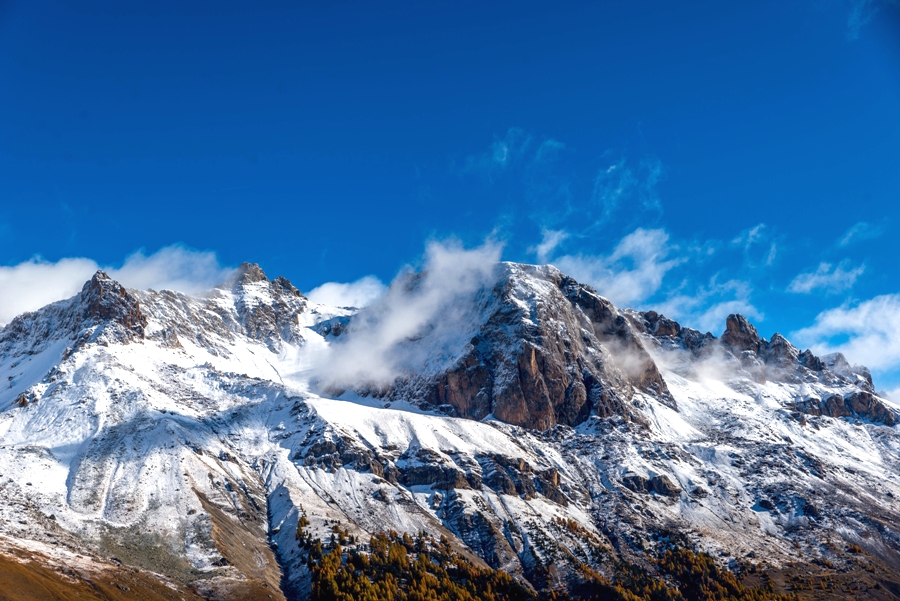Nagaland University is spearheading a study on glacial lake outburst flood risks in Sikkim and Arunachal Himalayas.
Published on Jul 28, 2025
By EMN
Share

DIMAPUR — A multidisciplinary research project led by Nagaland University is undertaking an inventory and stability assessment of high-altitude glacial lakes in the Himalayan stretch of Sikkim and Arunachal, focusing on the increasing threat of glacial lake outburst floods (GLOFs) in the region.
According to a press release issued by the university, the project will focus on Tenbawa Lake’s GLOF potential and Holocene climate linkages in Sikkim, as well as two other glacial lakes in Arunachal Pradesh.
The researchers intend to identify ‘potentially dangerous glacial lakes’ using high-resolution data and analyse geomorphology, permafrost, and slope instability in the Tawang region of Arunachal Pradesh and in the Lachung basin of North Sikkim under two separate projects.
The risk from sudden lake outbursts will be quantified through bathymetric surveys and 2D/3D flood modelling of selected lakes in the Tawang region.
Bathymetric surveys are specialised hydrographic surveys that map the depths and shapes of underwater terrain. The process provides detailed information about the underwater topography of a water body.
Also read: Nagaland University to host incubation centre in North East Region
Nagaland University's archaeological quest for a sustainable future
The project also seeks to identify ecological risks, knowledge gaps, and ecosystem services related to high-altitude lakes under contemporary climate change, as well as to assess stored freshwater resources.
The results of this research will be shared with policymakers, planners, and developers for holistic development along the banks of streams and rivers to mitigate the impact of devastation caused by a GLOF event, thereby reducing post-disaster haphazard rescues, insurance claims, and rebuilding of structures.
This project is funded by the Ministry of Earth Sciences and the Ministry of Environment, Forest and Climate Change, Government of India. It is led by Dr. Manasi Debnath of Nagaland University, who is the principal investigator.
The co-principal investigators include Dr. Milap Chand Sharma, senior professor in Geomorphology, Centre for the Study of Regional Development (CSRD), Jawaharlal Nehru University, Delhi; Dr. Rajesh Kumar, Department of Geography, Sikkim University; Dr. Mriganka Shakar Sarkar, Scientist-B, GB Pant National Institute of Himalayan Environment, Itanagar; and Dr. Pankaj Kumar, Scientist-F and group head of Accelerator Mass Spectrometry and Geochronology, Inter-University Accelerator Centre (IUAC), Delhi, which is a partner organisation.
Samikcha Rai, junior project fellow and PhD scholar, Department of Geography, Nagaland University, is also among the researchers working on this project.
Highlighting the need for such studies, Prof. Jagadish K Patnaik, Vice-Chancellor of Nagaland University, said such scientific efforts are vital in addressing the increasing environmental vulnerabilities in the eastern Himalayas, enhancing preparedness for natural hazards, and deepening understanding of past climate dynamics.
Dr. Manasi, assistant professor, Department of Geography, Nagaland University, stated that they are working to create a precise inventory of glacial lakes in the Eastern Himalaya (North Sikkim and Arunachal Himalaya) and to evaluate the dangerous lakes in terms of breach potential and volume of discharge.
She explained that this work will be carried out using high spatial resolution satellite images, along with necessary field validation and measurements for the potential lakes.